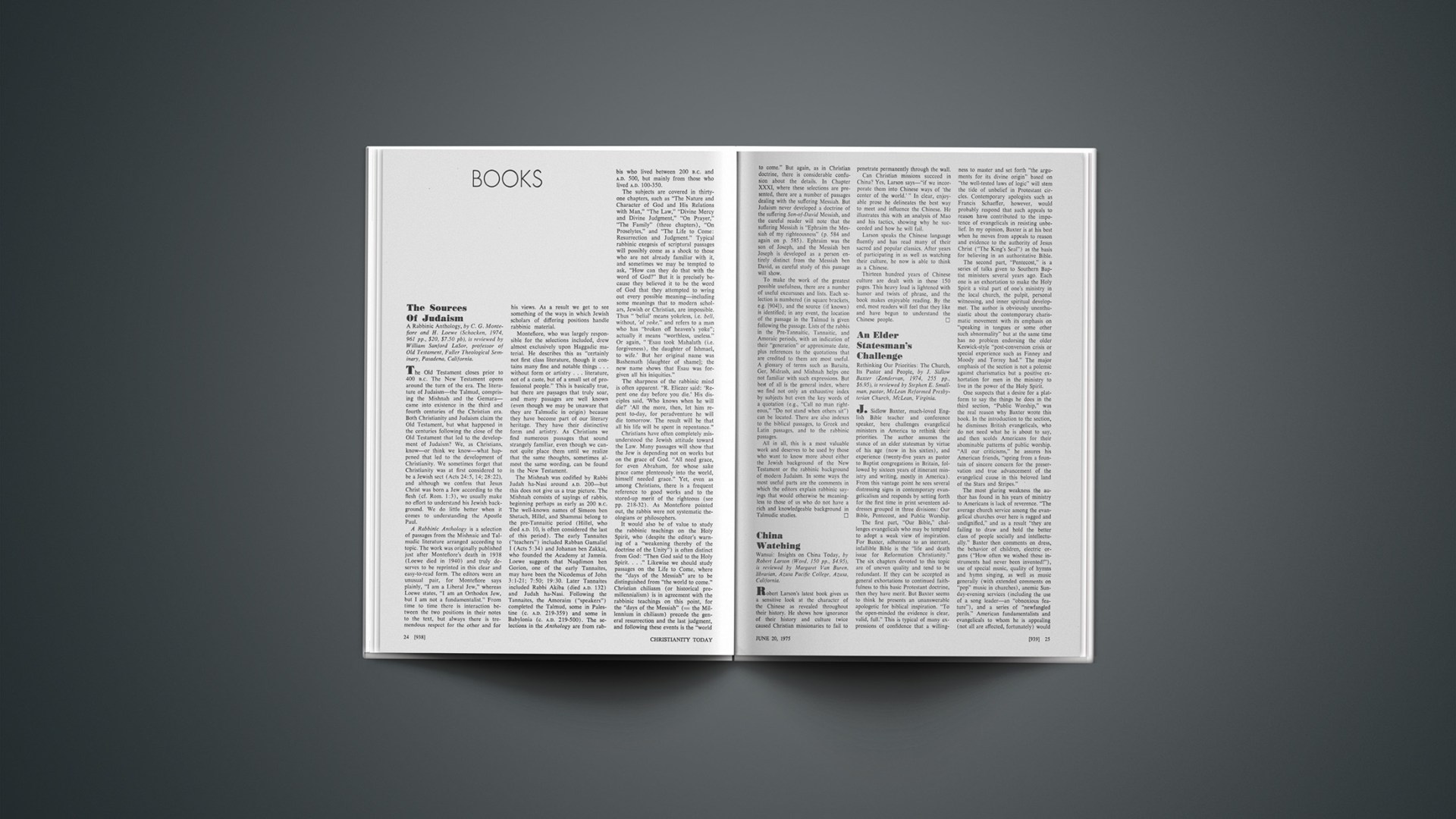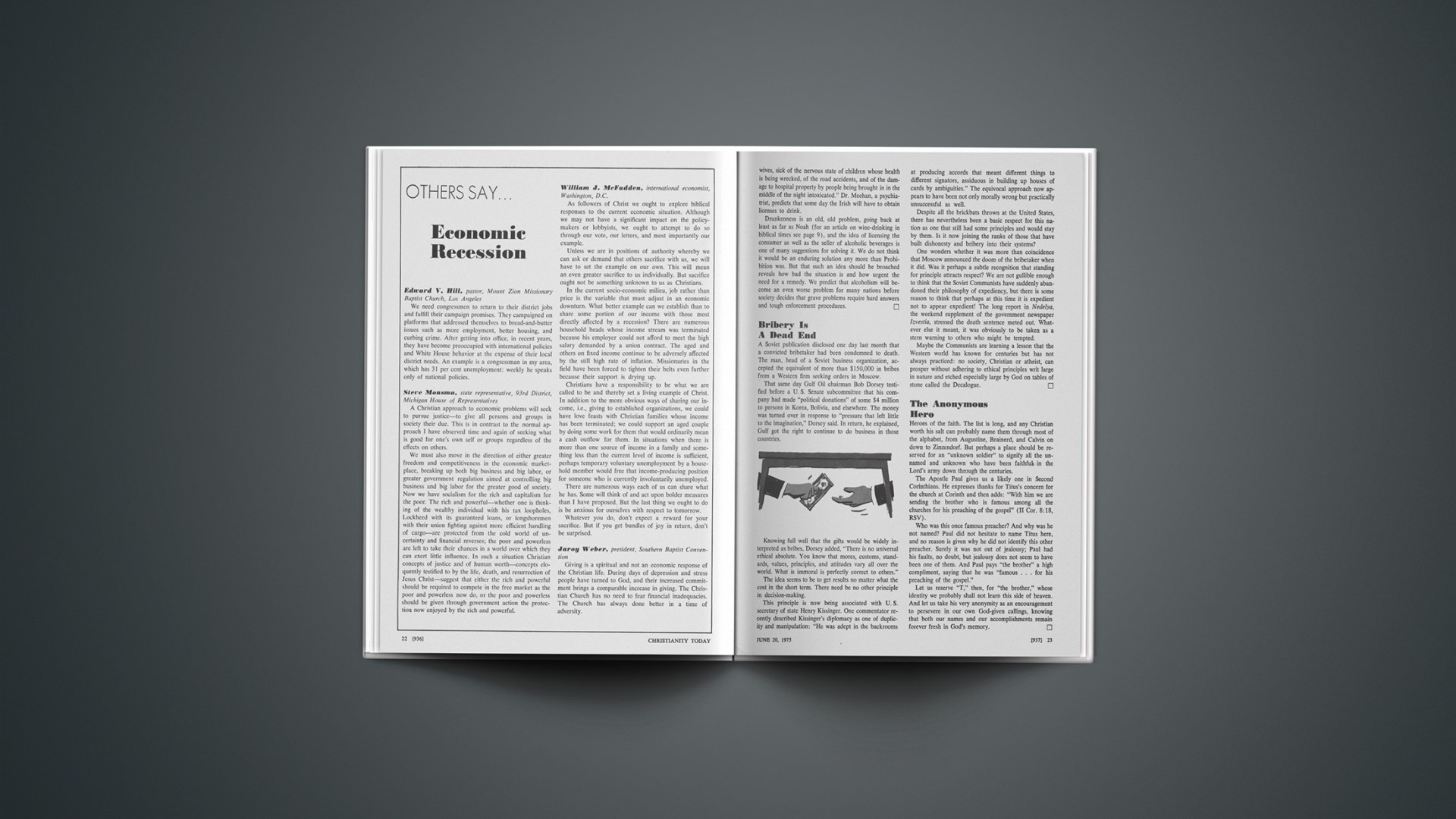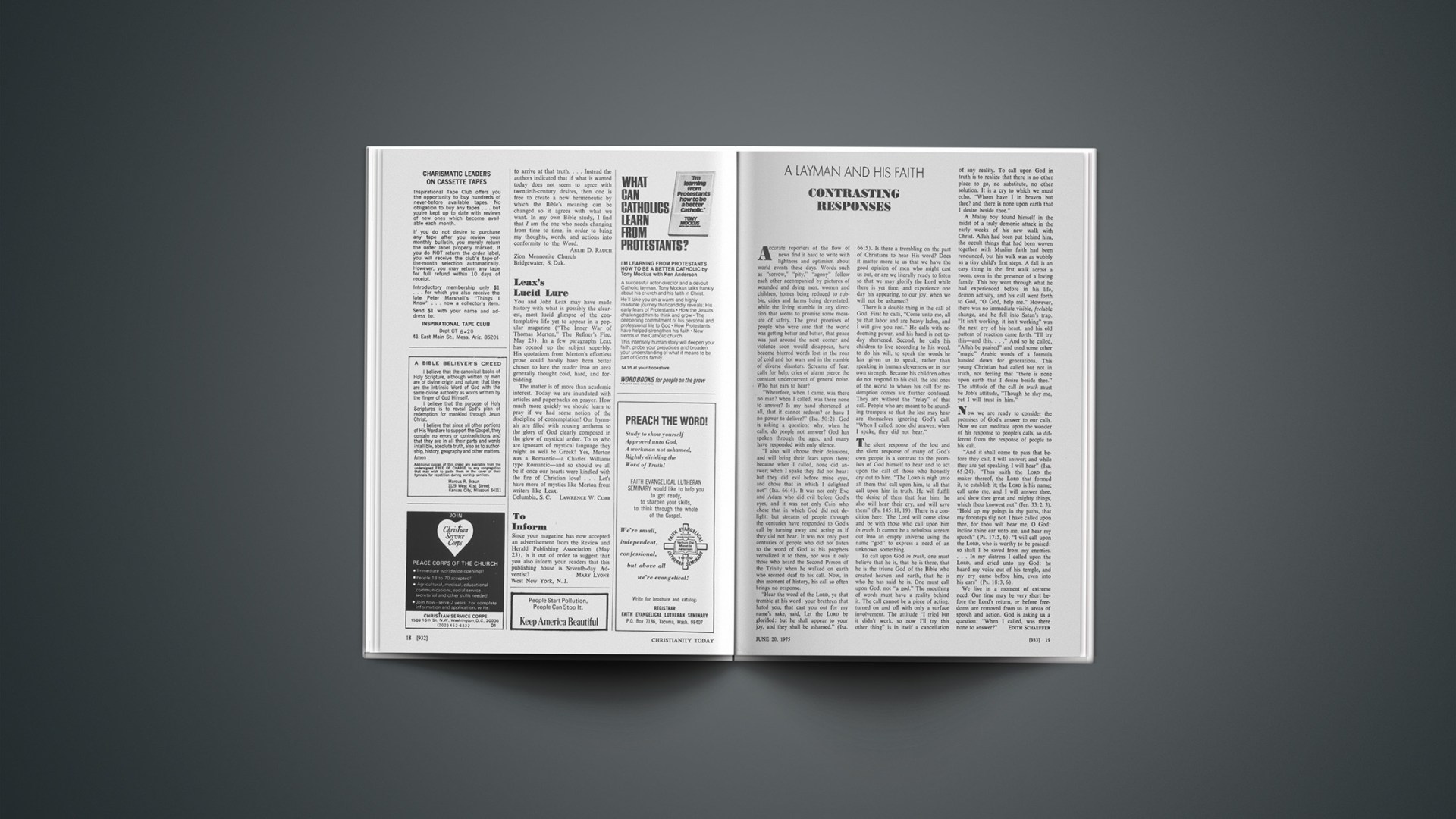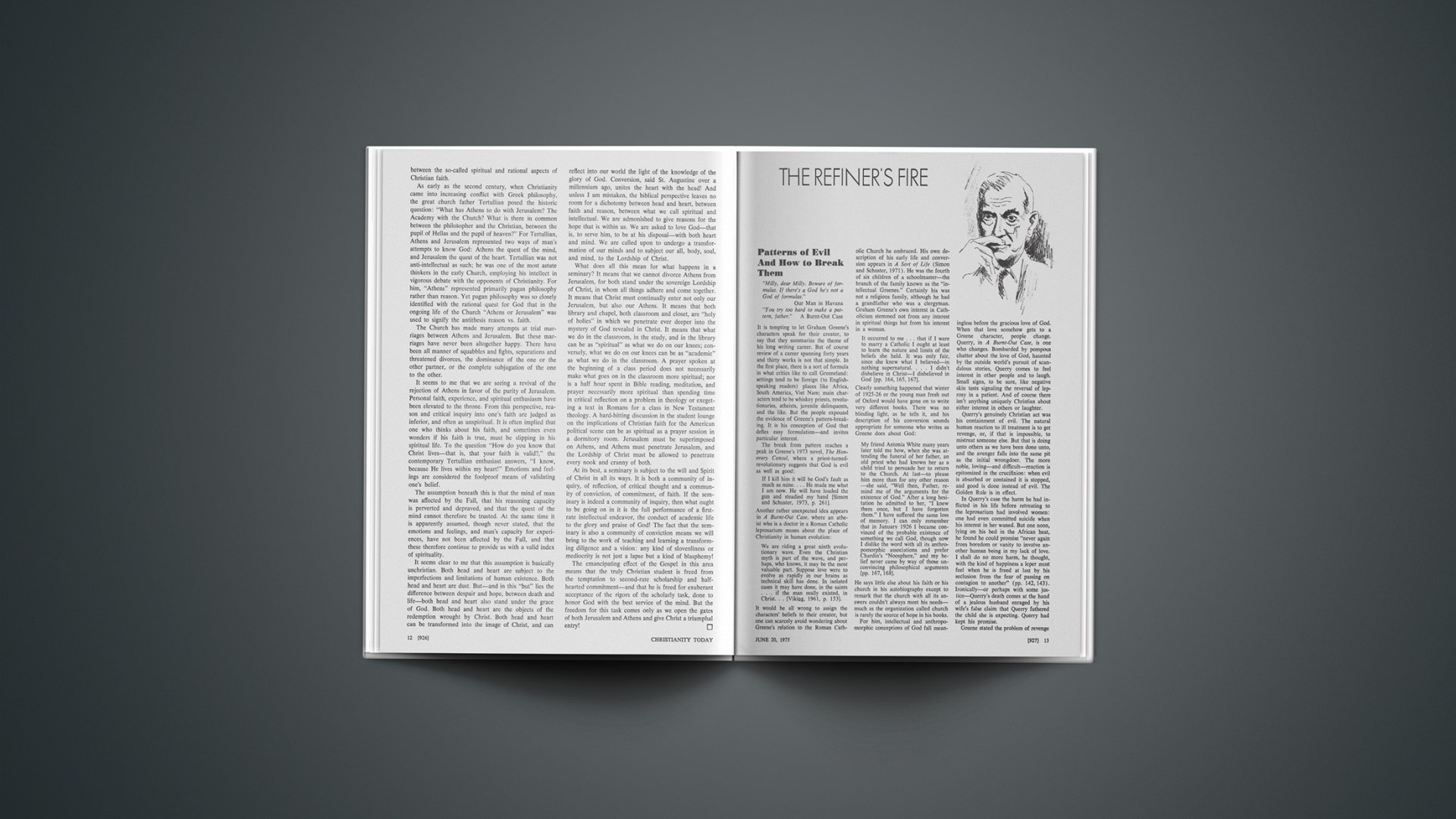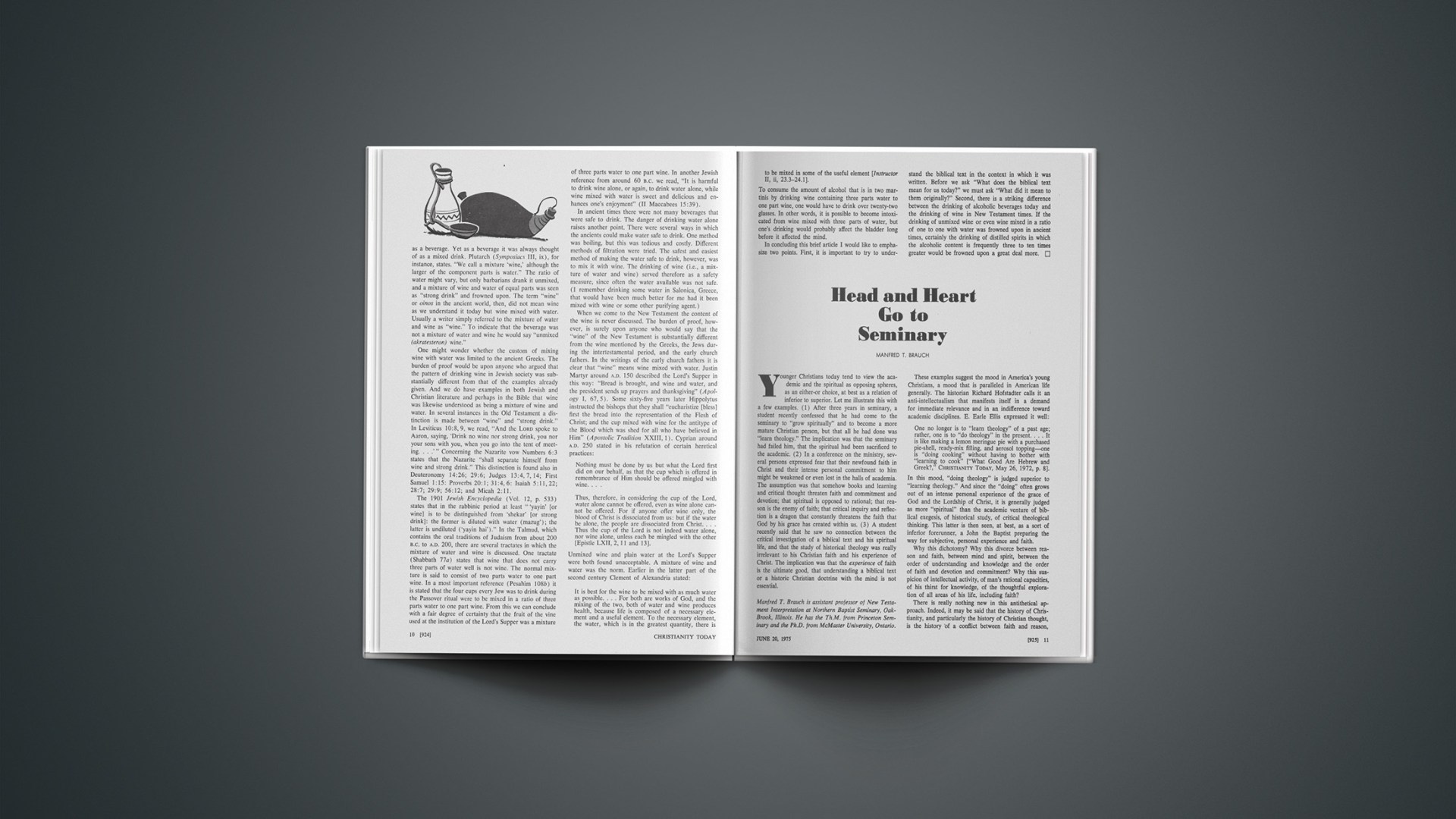Marriages are being murdered so often that the statistics no longer shock us. As couples both inside and outside the churches separate and divorce, ministers and congregations are hard pressed to decide how they will minister to these bruised lives.
Many Christian leaders have chosen to ignore this touchy subject. One man said, “I have been a Christian for forty-nine years and have never heard a sermon on divorce.” A minister of seventeen years’ experience admitted he had never preached on the topic though he has definite views. Many individuals and congregations are paying the price of this painful silence. Christians want and need instruction. Many of the divorced are being hurt because they remain in limbo while the leaders stand mute. There are some constructive steps that ministers can take to help everyone involved.
1. Take a stand. Dare to furnish guidance based on careful study and Christian conviction. Merely to present all possible views may lead to further confusion rather than light. Be loving in the presentation and anticipate opposition. Many notable church leaders have expounded a position on divorce, among them Martin Luther, John Wesley, and Charles Haddon Spurgeon.
2. Teach a Christian attitude toward the divorced. Some Christians feel that if we teach that divorce can be forgiven we will encourage it. If this is true, then we dare not teach the story of the thief on the cross or Paul’s conversion. Cyril Garrett reminds us that Christians often communicate judgment rather than forgiveness and consequently fail to be agents of redemption (Adult Education in the Church). Paul Tournier says in The Reborn Person that if a person gets divorced against my standard, “he will need my affection all the more, and this is the assurance I must give him.” Some Christians want to push divorce and remarriage to the top as the worst of all possible sins. We need to keep our perspective. Paul said, “Where sin abounded, grace did much more abound” (Rom. 5:20). If God forgives, can we do otherwise?
3. Explain the plight of the divorced. It is easy to picture divorced persons as cold-hearted and insensitive to both God and man. Many unjust and cruel things are often said about them. We often forget that they had the same dreams and hopes that the rest of us have. Now their marriages are shattered, and their lives can never be the same. Some Christians do not want to hear about this, but they must. We cannot be sensitive to the needs of people whom we do not understand. Through conversation, reading, and other means, those who have not undergone divorce can learn to understand the particular needs of those who have. (An example of a book to read is Suzanne Stewart’s Divorced.)
Divorce can cause grief equal to or worse than the grief caused by the death of a spouse. In the case of death, many persons surround the bereaved with love and concern. When divorce kills a marriage, both partners are often abandoned by the Christian community.
4. Develop a program to build good marriages. Churches can take a positive step toward erecting sturdy families. Instruct young people in the principles of a good Christian home. Deliver sermons on the family (the attendance usually goes up for a series of this type). Insist on premarital counseling with a pastor. Encourage couples to seek counseling when the marital road becomes rocky. Conduct classes for couples. Befriend couples who are having difficulties.
5. Minister directly to the divorced. The church of Christ can help the divorced person resolve his guilt or guilt feelings as it would help anyone else. Most married people can look to some glaring mistakes they have made. Others blame themselves for sins they have not committed. We can help heal some of these wounds.
Extend sincere, non-judgmental fellowship. Many of the divorced are among the loneliest people in our society. A special effort should be made to reassure them that we are not angry at them, we are not afraid of them, and our fellowship is open to them.
Garrett lists a number of ways to minister. Some churches have begun “Parents Without Partners.” One has developed “sponsors” for children living with one parent. A church on the West Coast has a special group of single adults who find different ministries in order to work together. Other churches are giving financial assistance, which is often needed. A Sunday-school class on “Divorce and Its Problems” might be greatly appreciated. Amputation is not a ministry; forgiveness, restoration, and incorporation are.
6. Teach the healing of repentance. Part of our personal ministry to the divorced is to lead them to the freedom offered by facing their problems and coming to terms with God. Have they sinned? If so, how? What can be done about it?
By dealing with sin and guilt, persons remove obstacles to their fellowship with God (1 John 1:9) and help repair their personal wounds. “I said, LORD, be merciful unto me: heal my soul; for I have sinned against thee” (Ps. 41:4).
When the minister applies the medicine of repentance and forgiveness, he must avoid several errors. First, he must not push for greater repentance for marital sins than for other sins. Second, he must resist members of the congregation who demand an added pound of flesh.
A compassionate minister will not take unfair advantage of persons who feel guilty by making their guilt seem worse than it is. However, he will have indeed ministered if he can convince them that “the goodness of God leadeth thee to repentance” (Rom. 2:4).
7. Give the divorced a ministry. The divorced person is very unlikely to corrupt the people in the church by his conduct or his doctrine. Often he is far more tender and caring because of the tragedy he has experienced. He is a member of the body of Christ—one of those eyes, ears, feet, or hands that Paul told us about.
The church of Jesus Christ cannot consist of only the pure; if it did, it would lie vacant. It consists of those being purified.—WILLIAM L. COLEMAN,pastor, Aurora Evangelical Free Church, Aurora, Nebraska.



